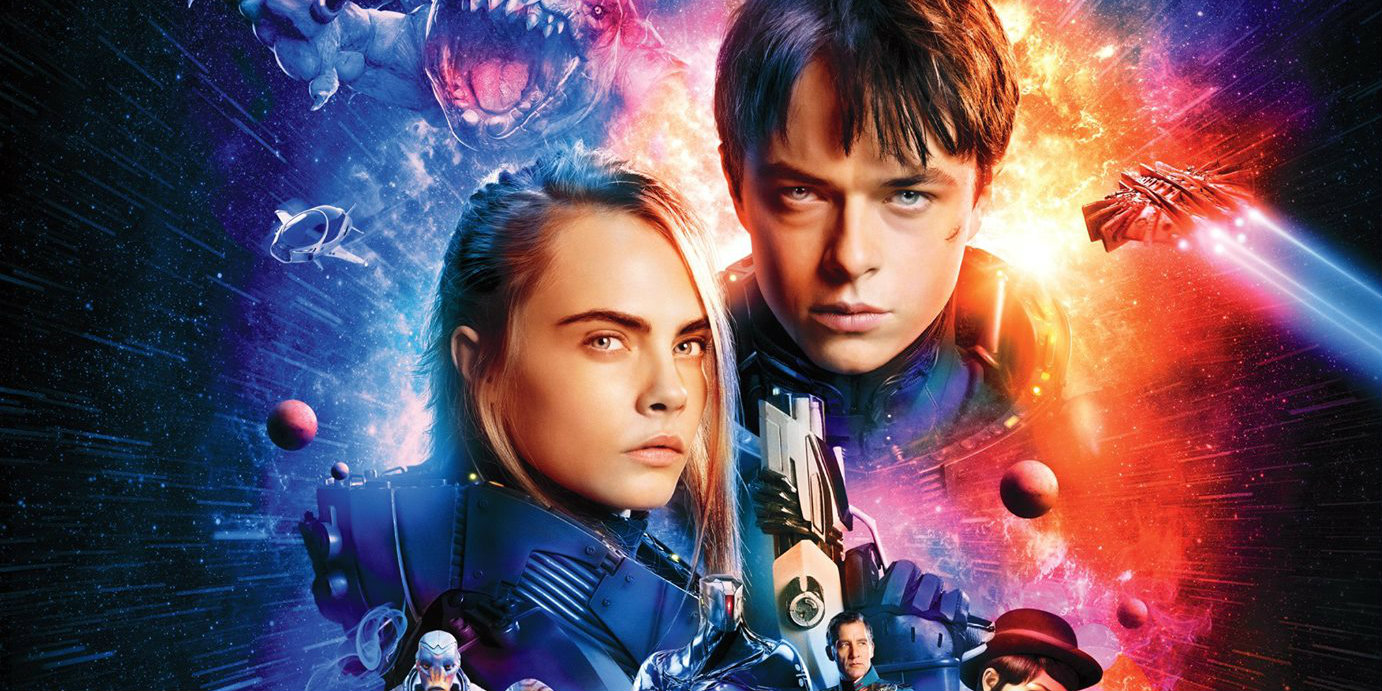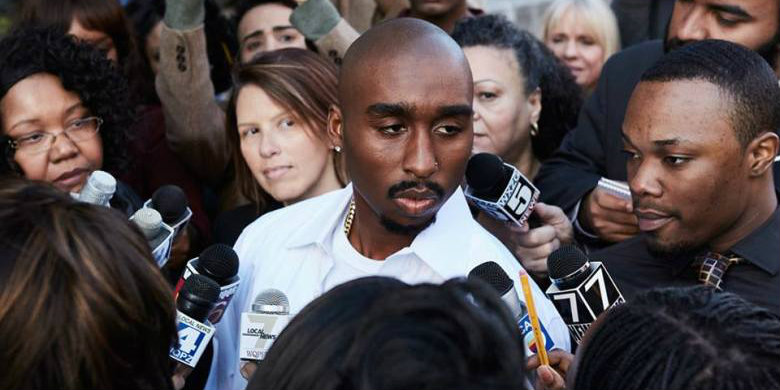“Valerian and the city of a Thousand Planets” was supposed
to be the comeback of European shlock-buster director Luc Besson. Having found
lasting cult success with his sugary 1997 space opera “The Fifth Element,”
which was also based on a French sci-fi comic book, many hoped that the mad
scientist would get his mojo back with another high-budget passion project,
after years of producing middling action programmers and throwaway children’s
movies. While “Valerian” is too problematic and clunky to bring his style back
into relevance, its gaudy visuals, cult aesthetics and zany idiosyncrasies are
a welcome change of pace, even if the film as a whole is a garbled mess.
The plot centers on a young space cadet named Valerian (Dane
DeHaan) who is sent on a mission to obtain a rainbow-colored, echidna-looking, Pokémon
thing that sheds multiples of whatever you feed it, including pearls and diamonds.
After he and his partner/lover Sergeant Laureline (Cara Delevigne) manage to
smuggle the creature from the sweaty palms of a gangster space-hog voiced by John
Goodman, the couple are then ping-ponged from one disconnected set-piece to
another upon an intergalactic colony of disparate cultures and species who have
occupied segments of a man-made city-planet. What the couple don’t know, while
they’re gallivanting around the City of a Thousand Planets with a singing
jelly-fish named Bubble (Rihanna), is that they’re mission is part of a larger
government cover-up that deals with a destruction of a planet of peaceful oceanic
villagers that were the casualties of a human civil war.
One of this feature’s many weaknesses comes from Besson’s
struggle to find the emotional or thematic anchor within this episodic jumble
of ideas. The movie zips along and throws enough at you to keep you
entertained, but we can never be sure where the dramatic tension lies within
the story. The bad guy and his master plan is revealed far too early and pseudo
love story between Dehaan and Delevigne is underdeveloped and completely
unconvincing. It’s only in the final third of the film, when these threads are
supposed to pay-off, that we realize that Besson was too busy world building
and stylizing to lay a proper foundation for these failed story components.
I can’t stress enough how miscast the leads are. DeHaan’s
shy, brooding demeanor and boyish frame is completely at odds with the
character of Valerian, who's supposed to be a jockish, Han Solo style, arrogant
every-man. Likewise, young model-turned-actress Delevigne is supposed to be a deceivingly
ditzy but strong-willed female warrior, but her icy performance and stern
eye-brow delivery never gives the character enough warmth to counter Valerian’s
aloofness. Neither of them are blessed with particularly deep or revealing
dialogue to help them fill out these roles and from the first scene their chirpy
banter falls flat and their romantic chemistry is awkwardly non-existent.
Still, while I didn’t care for the plot or character’s, I
have to appreciate the picture’s total commitment to its over-budgeted,
everything and kitchen sink insanity. Divorced from the importance of narrative
cohesion, the aesthetic framework around it pops like a drag show, a light-up
pin-ball machine and Vegas stage show all in one. The tone is light and bouncy
and the visuals, while obviously digitally manipulated, have a cartoonish
quality that reinforces the movie’s celebratory artifice. “Valerian and the
City of Thousand Planets” is, by most accounts, bad, but it’s also fun and
unique and lacks just enough self-awareness to enjoy as a piece of psychedelic,
sci-fi kitsch.
Grade: C-
Originally Published in the Idaho State Journal/July-2017
Listen to this week's episode of Jabber and the Drone to hear more conversation about "Valerian."



